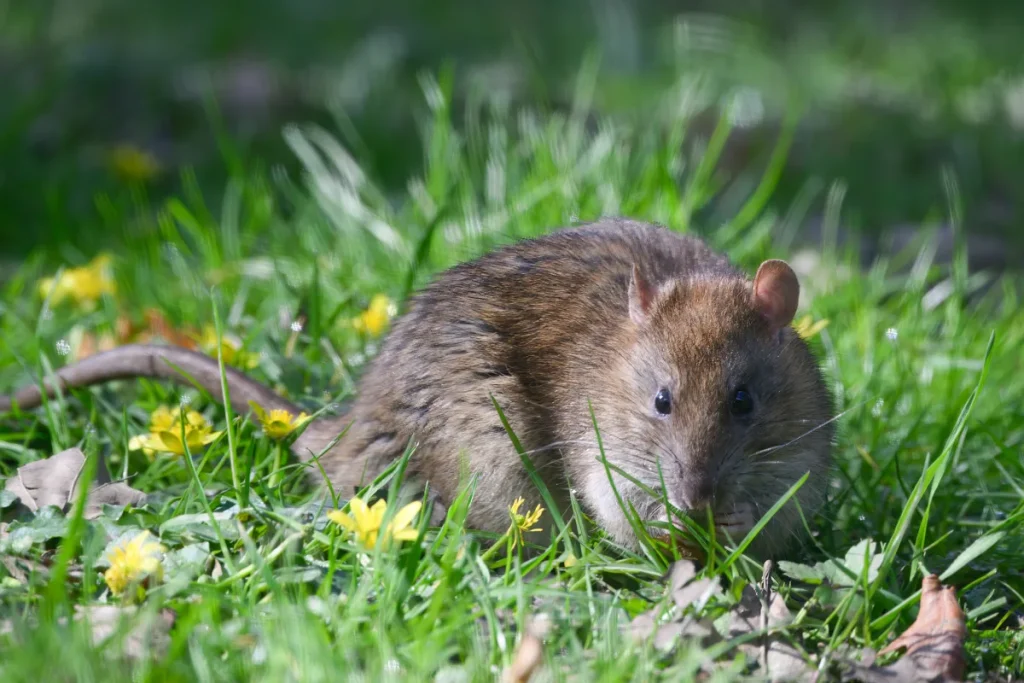
Smartest Pests in the Animal Kingdom (& How They Outsmart Us)
The ragged war with the pests was ancient. Yet, with all our technology and so-called intelligence, some of the most dangerous pests manage to coexist with us. These beings have evolved impressive talents and evasive tactics that help them evade our defenses and occupy our territory.
Their perseverance is not an accident. It is the result of a series of evolutionary adaptations, problem-solving capabilities, and social intelligence honed over thousands of generations. The first step toward developing better command and control measures is to understand how these pests work. This also helps your Exterminator in Keller get better understanding of pests.
What Animal Is The Most Intelligent Annoyance And Why?
In the animal kingdom, rats are the smartest pest of them all, the brown rat (Rattus norvegicus) in particular. These highly intelligent rodents have dog-like cognitive abilities and brain-to-body mass ratios similar to humans. Rats can solve complex mazes and recall the solutions for months, and they can also recognize when they don’t know something — a form of metacognition researchers had believed only primates possessed.
Rats have shown tool use, cooperative behavior, and alone observation learning. Indeed, they are intelligent enough that, after a single exposure, they detect and avoid poisons and can even teach other rats through social learning to avoid dangerous substances. The individual ability to problem-solve, combined with the transmission of knowledge across their social groups, makes them extremely hard to manage in urban settings.
Top 6 Smartest Pests And Why They Are Better Than Humans
- Rats
Rats have many physiological advantages over humans, not least of which is their astounding sensory abilities. Their whiskers can sense tiny shifts in air currents and textures we can’t feel. Max Planck Institute studies show that rats can help navigate completely dark environments almost perfectly using these sensory organs. They’re also physically adaptive — rats can wriggle through an opening the size of a quarter, fall 50 feet without injury and swim for three days straight.
- Cockroaches
When cockroaches make decisions to escape danger, their neural processes work 10 times faster than humans. Cockroaches can process incoming information and trigger escape responses in fewer than 50 milliseconds. Their decentralized nervous system enables them to survive and function for weeks without their heads. On top of all that, cockroaches can survive radiation levels 15 times that of a lethal dose for a human, rendering them virtually invulnerable to most control strategies.
- Crows
Urban crows can outrun them in tool-making and problem-solving and perform on par with 7-year-olds in the classroom. They can recognize human faces and remember those who threatened them for years, even conveying the information to other crows. This social learning ability enables them to quickly adjust to new ways of human control.
- Raccoons
Raccoons are experts at working complex mechanisms and are able to defeat most “raccoon-proof” containers. Their agile paws have four times as many touch receptors as human hands, allowing them to see with their paws and “see” even an object with just one touch. Raccoons could remember how to solve a puzzle for up to three years. When it comes to fitting into urban settings, they are without equal — city-dwelling raccoons can be up to 20 times denser than rural populations.
- Squirrels
Eastern gray squirrels have incredible spatial memory, remembering the locations of thousands of nut caches across months. Squirrels employ a range of sophisticated deception tactics — feigning that they’re burying nuts when they are really hiding them elsewhere when they sense someone’s watching. This behavior suggests a theory of mind, a cognitive ability once believed to be unique to primates.
- Ants
Unlike humans, an ant knows what parts of its little ant life are impossible to solve. Ant colonies are more efficient than even human-designed algorithms in optimizing resource collection routes. Their decentralized decision-making enables thousands of people to coordinate complex tasks without central control. Certain species even engage in agriculture (farming fungi) and animal husbandry, having evolved these practices millions of years before humans.
